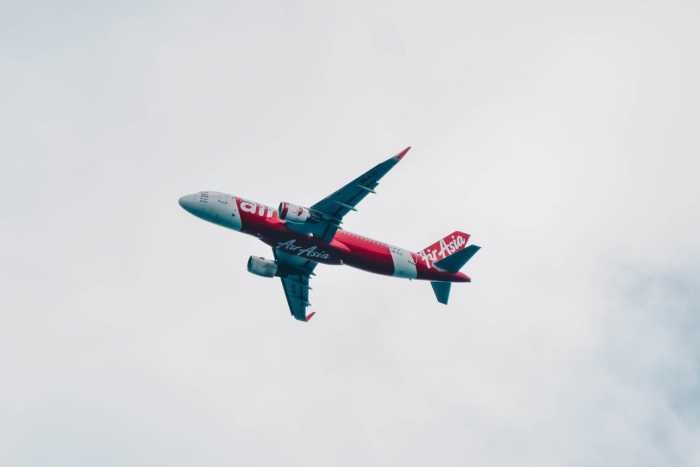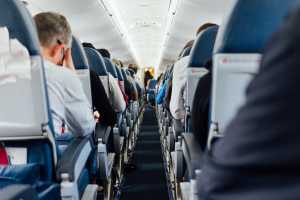
Thai Lion to Launch Flights from U-Tapao Soon
6th Apr 2017

Thai Lion Air (TLA), a subsidiary of Indonesian Lion Air is keen on launching flights from the navy-run U-Tapao Airport and going “head-to-head” against Thai AirAsia (TAA) there.
There is no clear confirmation when TLA will exactly start flying from U-Tapao, but insiders claim that the low cost carrier is already finalizing the plan for the airport that will probably begin in June or July this year. In addition, TLA has already scheduled to open a ticket office at the new U-Tapao passenger terminal in August.
TLA’s plan for U-Tapao flights has two options. According to one, it will serve as a launch for domestic region-to-region flights. Or, it could go for the option number two and use the airport as a connection with China. This would then be on a charter basis at first, until the services gain enough traffic, at which point the Thai-based carrier will switch to regular scheduled flights.
China is the more likely option for TLA flights out of U-Tapao, as it seems the LCC is pushing forward its China strategy and is considering at least two more routes to China. These will most likely be the cities of Jiangsu and Kunming, both of which will be connected via Don Muang International Airport in Bangkok.
TLA currently serves three cities in China from its hub at Don Muang: Chengdu, Chongqing and Nanchang.
Whether it chooses to fly to China or to use U-Tapao for domestic routes, TLA will have a strong competitor in Thai AirAsia from the get-go. Namely, according to the U-Tapao Airport Authority (UAA), around 80% of all passengers passing through U-Tapao Airport in 2016 were carried by AirAsia. The total number of passengers coming and going through this airport last year was 710,000.
TAA is the first low-cost carrier to fly out of U-Tapao and is flying non-stop between it and Kuala Lumpur, Malaysia since July 2015. Following this service, Thai AirAsia added seven more routes from U-Tapao, including Nanning and Nanchang in mainland China.
U-Tapao Airport was built by the US over 50 years ago and was used by the United States Air Force between 1966 and 1975, during the course of the Vietnam War.








